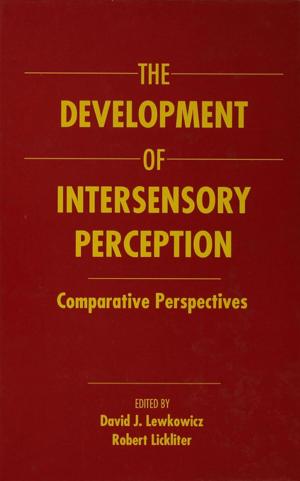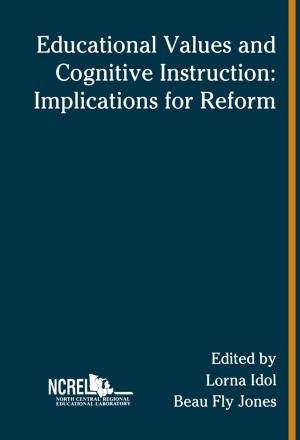| Author: | ISBN: | 9781134756773 | |
| Publisher: | Taylor and Francis | Publication: | June 17, 2013 |
| Imprint: | Psychology Press | Language: | English |
| Author: | |
| ISBN: | 9781134756773 |
| Publisher: | Taylor and Francis |
| Publication: | June 17, 2013 |
| Imprint: | Psychology Press |
| Language: | English |
Over the past decade, questions about the clinical classification and experimental examination of aphasic patients have been raised. Growing doubts about the validity and reliability of standard clinical diagnoses have been responsible, in part, for the explosion of case studies in the neurolinguistic literature. In turn, rejection of classical aphasia diagnoses has made it difficult to synthesize much of this literature, and no alternative method for selecting and comparing aphasic patients has emerged.
This volume was motivated by a desire to take a fresh look at the benefits that aphasia diagnosis has for both clinical and experimental work. This is accomplished by exploring one classical aphasia syndrome from a multidisciplinary perspective; that is, by presenting information from the disciplines of neurology, speech-language pathology, and experimental neurolinguistics. Given this scope, it is hoped that this work will appeal to an equally broad range of readers.
Over the past decade, questions about the clinical classification and experimental examination of aphasic patients have been raised. Growing doubts about the validity and reliability of standard clinical diagnoses have been responsible, in part, for the explosion of case studies in the neurolinguistic literature. In turn, rejection of classical aphasia diagnoses has made it difficult to synthesize much of this literature, and no alternative method for selecting and comparing aphasic patients has emerged.
This volume was motivated by a desire to take a fresh look at the benefits that aphasia diagnosis has for both clinical and experimental work. This is accomplished by exploring one classical aphasia syndrome from a multidisciplinary perspective; that is, by presenting information from the disciplines of neurology, speech-language pathology, and experimental neurolinguistics. Given this scope, it is hoped that this work will appeal to an equally broad range of readers.















